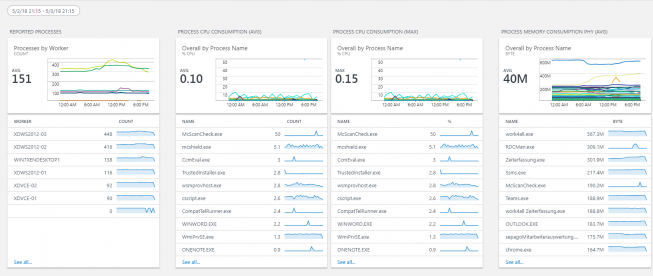

In addition, there is a $0.07/GB/month charge for storage. The hourly rate ranges from $0.18/hour for two cores up to $2.88/hour for a thirty-two-core Codespace.
#Github workspaces code#
Coder’s approach also gives you greater control over data and source code since it never needs to leave your infrastructure (depending upon your configurations), which is why it is used by some of the most security-conscious organizations and companies in the world.Ĭodespaces billing is based on an hourly rate for actively running Codespaces with rates increased based upon the number of cores available to the Codespace. That’s why Coder takes an agnostic approach to the tools and platforms you use. At Coder, we assume that you and your team know what editors work best for you, what cloud providers you want to use, what workflows are best for your team. If, however, your development team requires (or even just prefers) IDEs in addition to VS Code, or you have a multi-cloud strategy, or you require an air-gapped development platform, then you should consider Coder.Ĭoder’s goal is to remove the obstacles that prevent developers from doing what they do best, writing code our goal is not to lock you into a larger ecosystem. Coder: Your infrastructure, your tools, your controls If you and your team only use VS Code, and you only use GitHub, then GitHub Codespaces is probably your best solution. Codespaces is also not available as a self-hosted offering. Since GitHub is owned by Microsoft, VS Code is currently the only supported IDE. However, Codespaces can’t be used with any other repository other than GitHub. Launching a Codespace is as easy as visiting a repository in your browser and clicking a button or pressing the period on your keyboard. That integration makes it incredibly simple to use, but also limits your options.


GitHub Codespaces is tightly integrated with the GitHub interface. Remote access - because development environments are in the cloud, developers can access them securely from wherever they are.Ĭodespaces: Easy to use, but limited in control Need more processing power? Add more cores to your instance-or a GPU. Greater compute power - cloud development eliminates the need to focus on local hardware. Reproducible, cloud-based developer workspaces ensure that everyone is working with the same basic configuration. Less drift - dependency and configuration drift in the development environment results in broken environments and builds, i.e., the classic “it works on my machine” problem. With cloud-based workspaces, source code and data remain within the organization’s infrastructure. With local development, source code and data are cloned to individual workstations, creating security risks.
#Github workspaces software#
Secure source code - individual devices remain the least secure endpoint in the software development pipeline.

With cloud-based workspaces, fully configured workspaces are available for developers to start contributing immediately. Start coding on day one - developers often spend hours or days setting up a development environment on a local machine before they can make their first commit. There is a growing interest in moving development workspaces and IDEs to the cloud, which solves some key problems for organizations while also offering advantages for the developer: Today most developers have their IDEs on their local machines.
#Github workspaces how to#
Here's how to choose the best fit for your development team. Codespaces and Coder both provide developers with reproducible, powerful, cloud-based developer environments or workspaces, but they differ dramatically in their approach to providing those environments and what tooling is available to the developer.


 0 kommentar(er)
0 kommentar(er)
